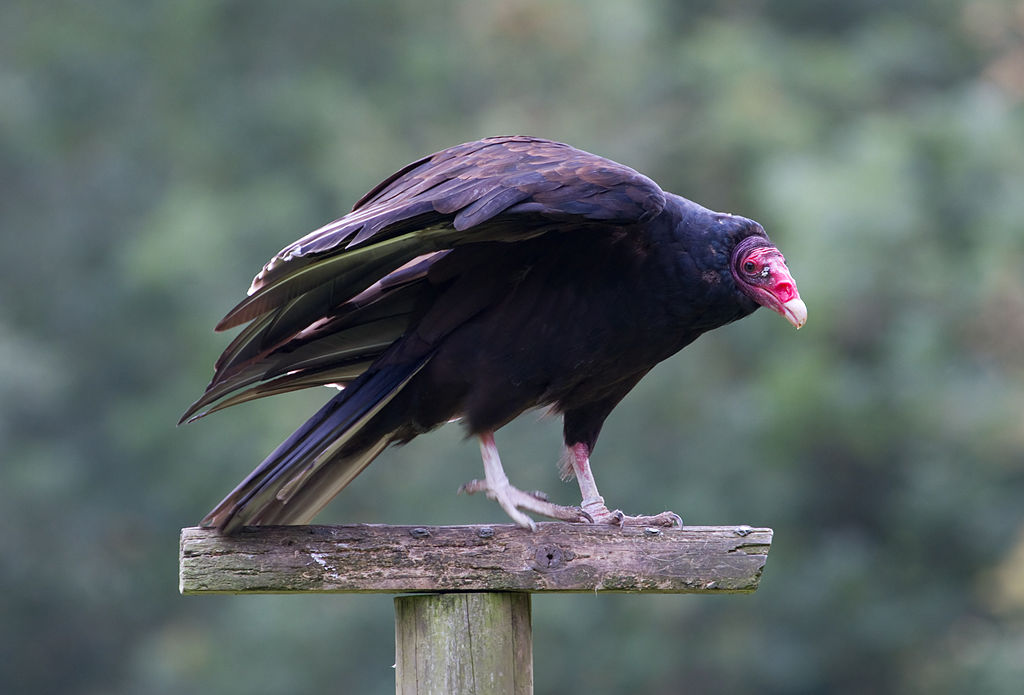White Trail
Ecology in Action
Ecology is the study of the interactions that organisms have with other organisms and with their environment and the processes that influence that interaction. On this trail you will see evidence of man's interaction with nature as well as examples of the food chain, nutrient recycling, adaptation, and hydrologic cycles. These are just some of the principles of ecology that can be seen all around when you walk at Ivy Creek.
Consider one example of a food chain at Ivy Creek. Producers, such as the leaves of trees, synthesize organic compounds (sugars) from carbon dioxide and water, a process called photosyntheis that is fueled by the sun's energy. Tree leaves are eaten by herbivores, such as Geometrids, commonly called "inch worms." The Red-eyed Vireo, a primary carnivore, feeds on inch worms. The vireo in turn may fall prey to a black rat snake, a secondary carnivore, which in turn may be eaten by a top carnivore such as a Red-shouldered Hawk. When the hawk dies, the energy in its body may be utilized by scavengers, such as the vulture pictured above. Critical links in the chain, however, are the decomposers. Fungi, bacteria, soil animals, and other decomposers ultimately return the nutrients to the soil where they can by reused for new growth.
Energy from the sun has moved from the tree to the inch worm, on through the vireo, to the snake, then to the hawk and vulture and back to the earth.

